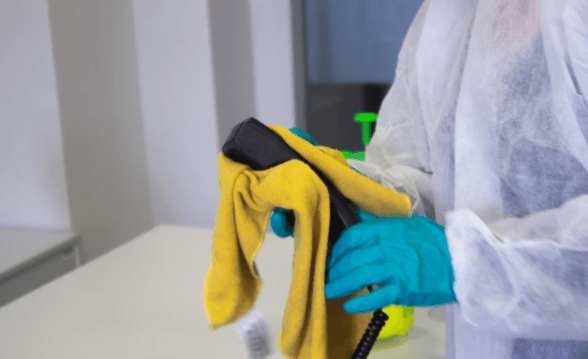Safety Standards and Protocols in Commercial Cleaning Services

In the realm of commercial cleaning services, the establishment of safety standards and protocols is not merely a regulatory requirement but a fundamental necessity that shapes operational efficacy. These measures encompass a range of practices, from the provision of personal protective equipment (PPE) to the implementation of rigorous training programs designed to mitigate risks. While compliance with these standards can safeguard employees and clients alike, the broader implications for workplace hygiene and productivity remain an area of significant interest. How these elements intertwine to foster a culture of safety warrants further exploration.
Importance of Safety Standards
When it comes to commercial cleaning services, the importance of safety standards cannot be overstated.
Effective risk management begins with comprehensive employee training, ensuring staff are equipped to handle potential hazards.
Establishing safety protocols not only protects workers but also enhances operational efficiency.
Key Safety Protocols
Implementing effective safety protocols is essential for any commercial cleaning service striving to maintain a secure work environment.
Key measures include providing personal protective equipment (PPE) and conducting comprehensive training programs.
These initiatives empower employees to understand hazards, utilize protective gear properly, and follow best practices.
Compliance With Regulations
Ensuring compliance with regulations is a cornerstone of effective commercial cleaning services. Adhering to guidelines set by regulatory agencies not only promotes safety but also enhances operational integrity.
Regular safety audits are essential to identify potential risks and ensure that cleaning practices meet mandated standards. By prioritizing compliance, businesses can confidently provide services that uphold both safety and freedom for their clients.
Impact on Workplace Hygiene
The impact of commercial cleaning services on workplace hygiene is profound and multifaceted.
By utilizing advanced cleaning equipment and adhering to stringent safety standards, these services significantly reduce contaminants and pathogens.
Comprehensive employee training ensures that staff are proficient in best practices, further enhancing hygiene.
Ultimately, a well-maintained environment fosters employee well-being and productivity, underscoring the essential role of commercial cleaning in promoting a healthy workplace.
Conclusion
In conclusion, the implementation of safety standards and protocols in commercial cleaning services serves as a sturdy foundation, akin to the bedrock of a well-constructed edifice. Such measures not only mitigate risks and foster compliance with regulatory mandates but also cultivate an environment where workplace hygiene flourishes like a vibrant garden. By prioritizing safety, organizations not only protect their personnel but also enhance overall productivity, ensuring that health and well-being resonate throughout the workplace like a harmonious symphony.


